The Boeing 747, often called the “Queen of the Skies,” holds a special place in aviation history. Known for its immense size and distinctive upper deck, this jumbo jet has carried millions of passengers and tons of cargo across the globe. But just how much does a Boeing 747 weigh? The answer isn’t simple, as the weight varies depending on the specific model. Let’s delve into the details of the different 747 variants and their respective weights.
The Boeing 747SP: Starting Relatively “Small”
While “small” is a relative term when discussing a 747, the 747SP (Special Performance) was indeed the shortest version. Designed for longer range, the 747SP had a shorter fuselage than other 747 models.
This resulted in a lower empty weight compared to its larger siblings. The Boeing 747SP’s empty weight ranged from 325,660 to 336,870 pounds (147.72 to 152.80 tons). Its maximum takeoff weight (MTOW) was significantly higher, between 630,000 and 696,000 pounds (285.8 to 315.7 tons). Only 45 Boeing 747SPs were built, serving airlines like Pan Am and Iran Air.
The Standard Boeing 747 Variants: -100 to -400
The original Boeing 747-100, along with subsequent models like the -200, -300, and -400, boasted a significantly longer fuselage than the SP version. These standard variants measured 231 feet and 10 inches (70.7 meters) in length, naturally contributing to a higher weight.
The empty weights of these models varied:
- Boeing 747-100: 358,000 – 381,480 pounds (162.39 – 173.04 tons)
- Boeing 747-200: 376,170 – 388,010 pounds (170.63 – 176 tons)
- Boeing 747-300: 384,240 – 402,700 pounds (174.29 – 182.66 tons)
- Boeing 747-400: 394,088 – 412,300 pounds (178.755 – 187.016 tons)
The 747-400 also had the highest maximum takeoff weight among the standard-length 747s, ranging from 875,000 to 910,000 pounds (396.9 to 412.8 tons).
The Boeing 747-8: The Heaviest of the Queen’s Lineage
The Boeing 747-8, the most recent and largest variant, stretches an impressive 250 feet and 2 inches (76.25 meters). This extended length, coupled with a slightly longer upper deck, makes it the heaviest 747 model.
The 747-8’s operating empty weight is approximately 485,300 pounds (220.1 tons), and its maximum takeoff weight is a staggering 975,000 to 987,000 pounds (442.3 to 447.7 tons). Production of the 747-8 concluded in 2023, with Lufthansa, Korean Air, and Air China being major operators.
Boeing 747 Weight Comparison Table
To provide a clear comparison, here’s a summary of the empty weights of each Boeing 747 variant:
| Boeing 747 Variant | Empty Weight (lbs) | Empty Weight (tons) |
|---|---|---|
| Boeing 747SP | 325,660 – 336,870 | 147.72 – 152.80 |
| Boeing 747-100 | 358,000 – 381,480 | 162.39 – 173.04 |
| Boeing 747-200 | 376,170 – 388,010 | 170.63 – 176 |
| Boeing 747-300 | 384,240 – 402,700 | 174.29 – 182.66 |
| Boeing 747-400 | 394,088 – 412,300 | 178.755 – 187.016 |
| Boeing 747-8 | 485,300 | 220.1 |
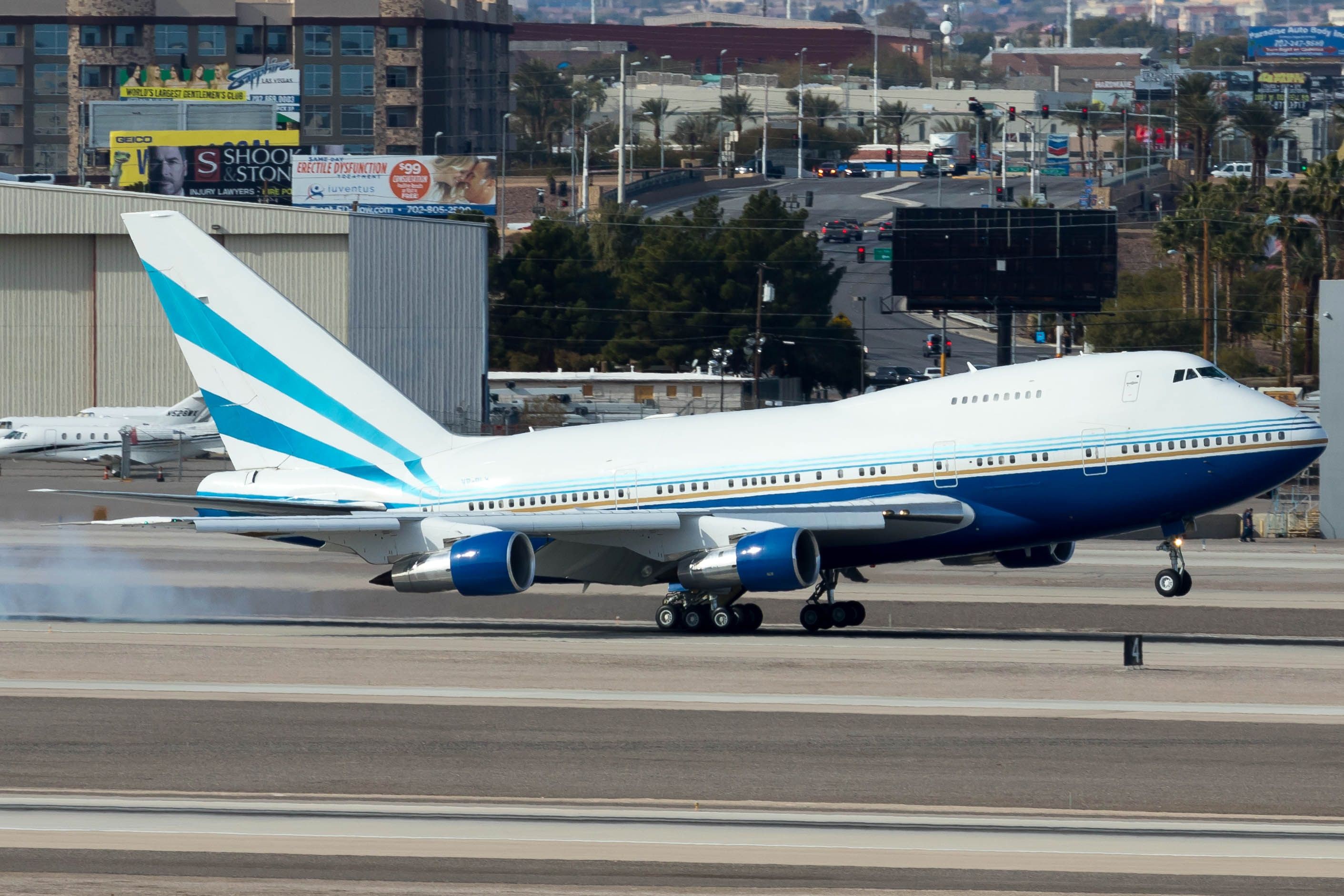
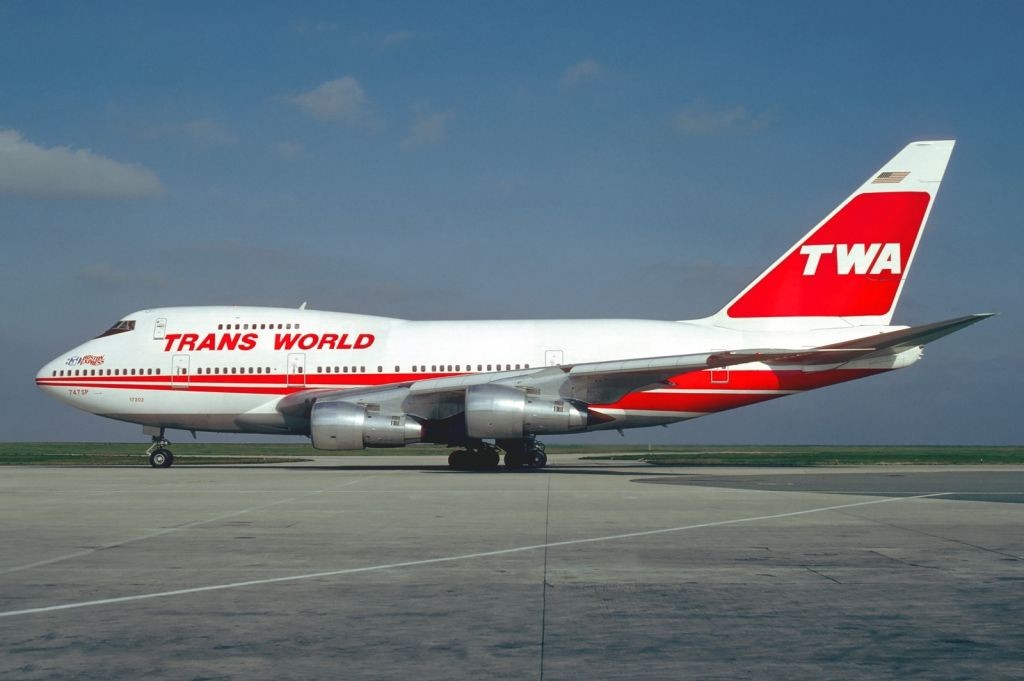
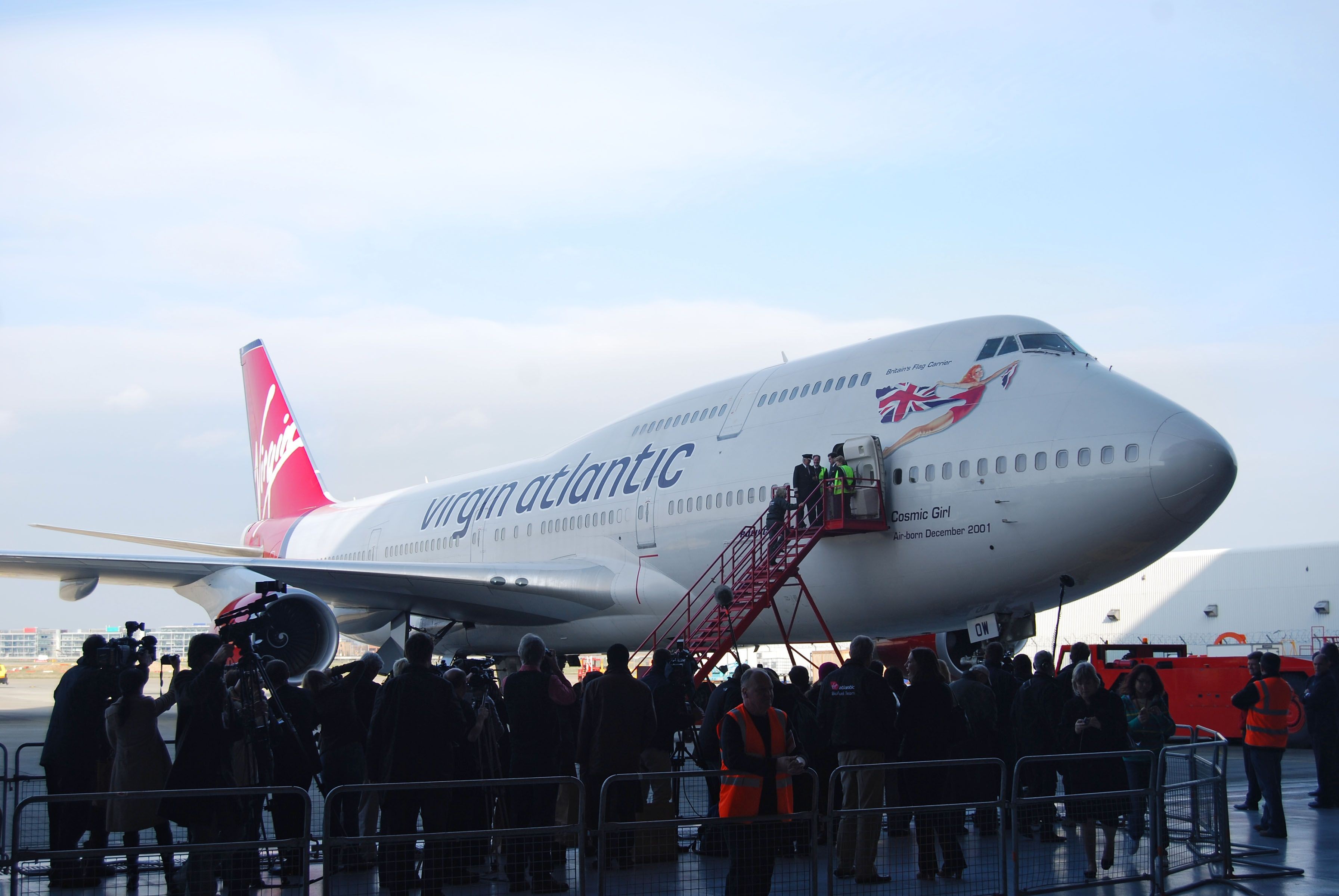
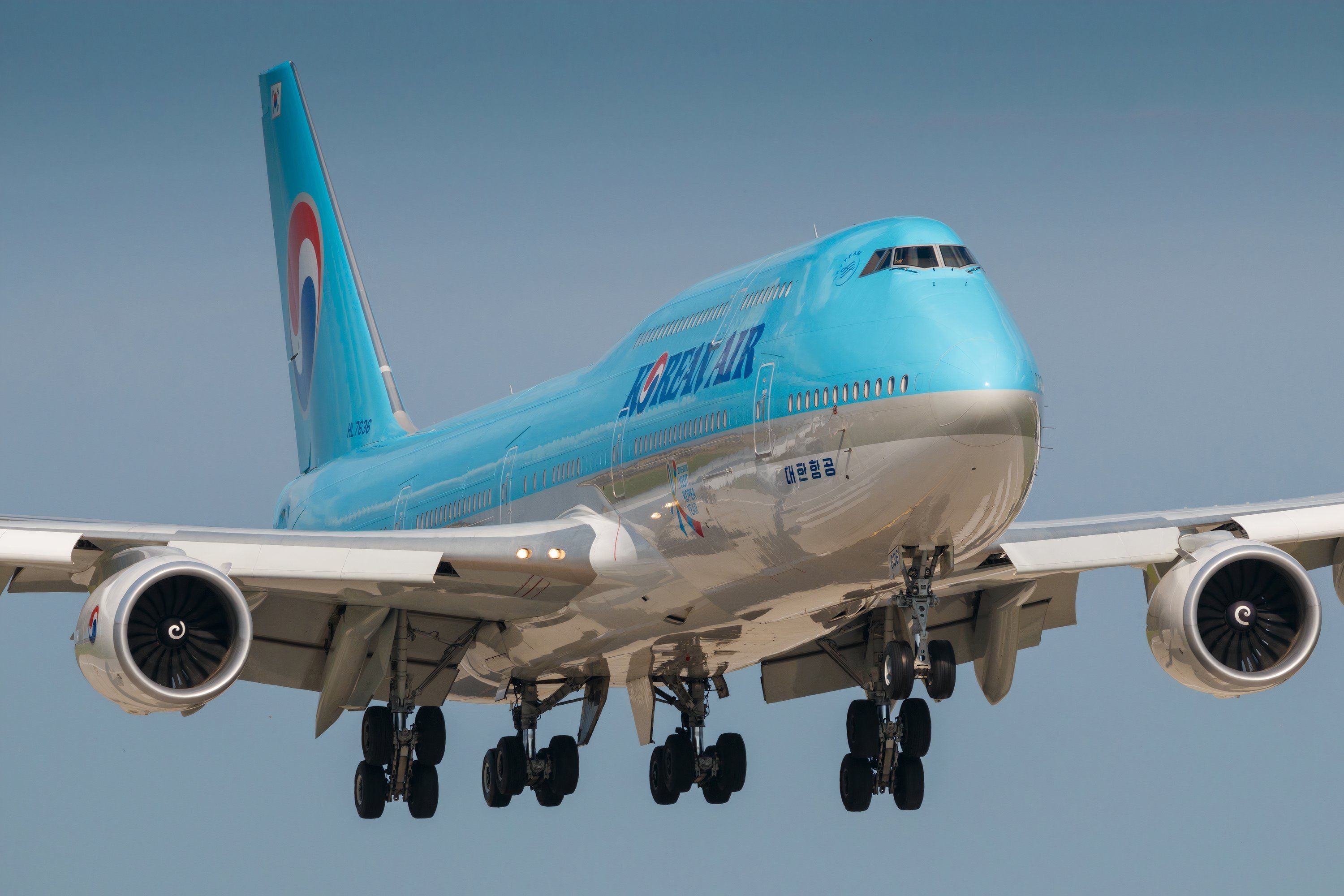
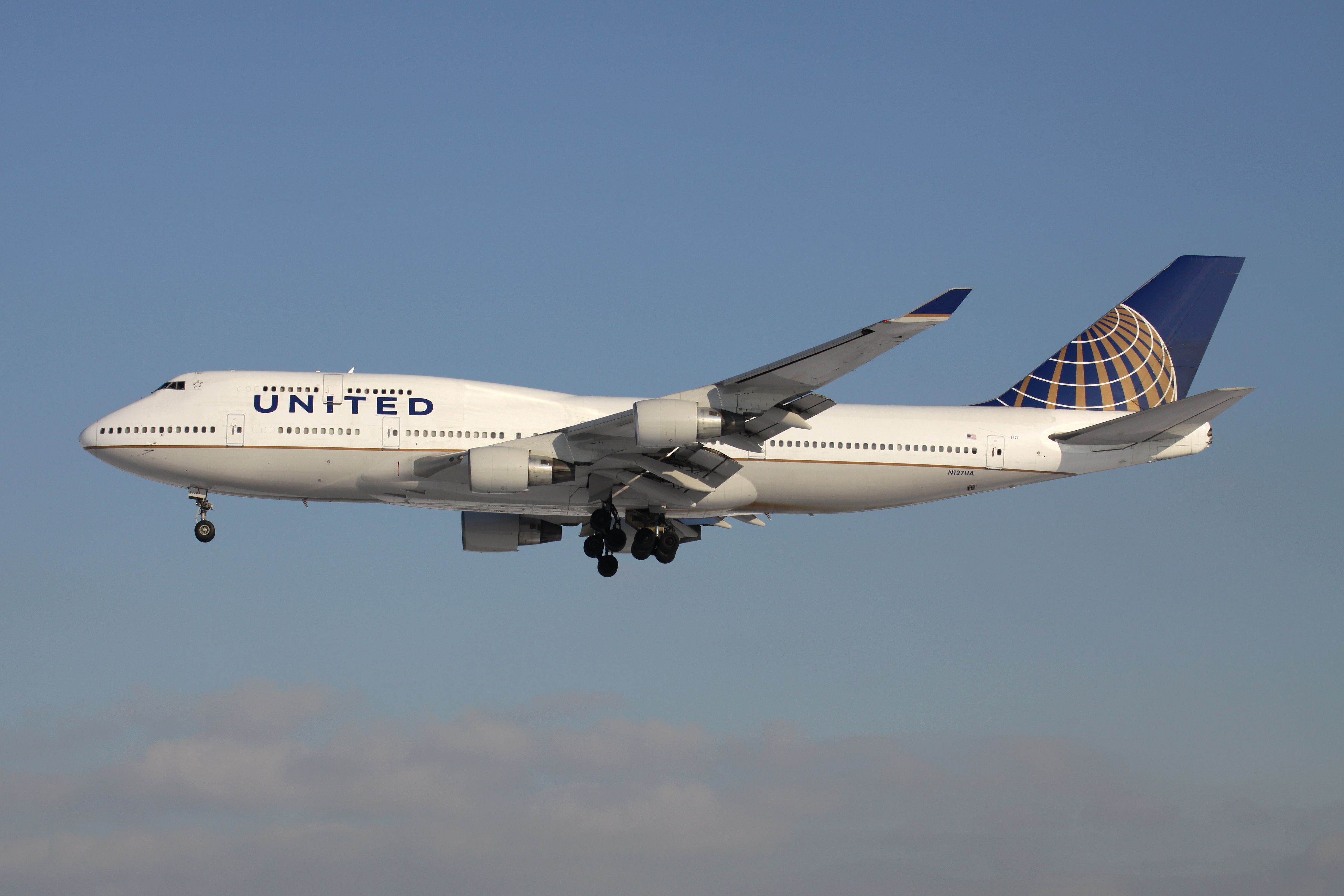
Boeing 747 Weight Compared to Other Aircraft
How does the weight of a Boeing 747 stack up against other large aircraft? The Airbus A380, another iconic double-decker, is significantly heavier, with an empty weight of around 814,000 lbs (407 tons). The Boeing 777-300ER, a popular long-haul aircraft, has an empty weight of approximately 370,000 lbs (185 tons), placing it within the range of the earlier 747 models.
In contrast, smaller narrow-body aircraft like the Boeing 737-800 and Airbus A320 weigh considerably less. The Boeing 737-800 has an empty weight of about 90,710 lbs (45.4 tons), while the Airbus A320 weighs in at around 93,079 lbs (46.5 tons).
Conclusion: The Weight of a Legacy
So, how much does a Boeing 747 weigh? As we’ve explored, the answer varies depending on the specific model, from the relatively lighter 747SP to the massive 747-8. Regardless of the exact figure, the Boeing 747 remains an engineering marvel and a symbol of the golden age of air travel. Its weight is not just a number but a testament to its size, capability, and enduring legacy in aviation history.
